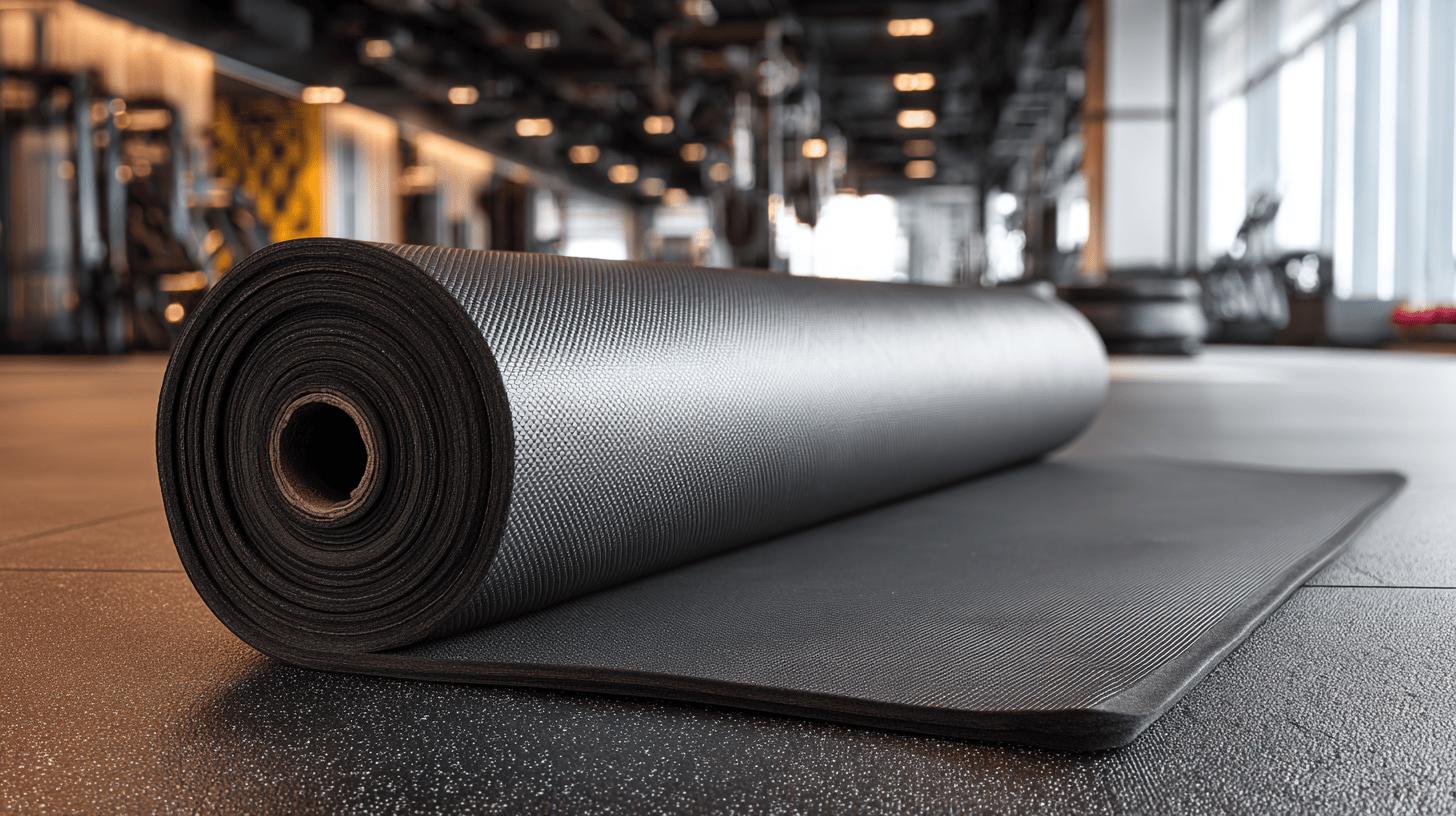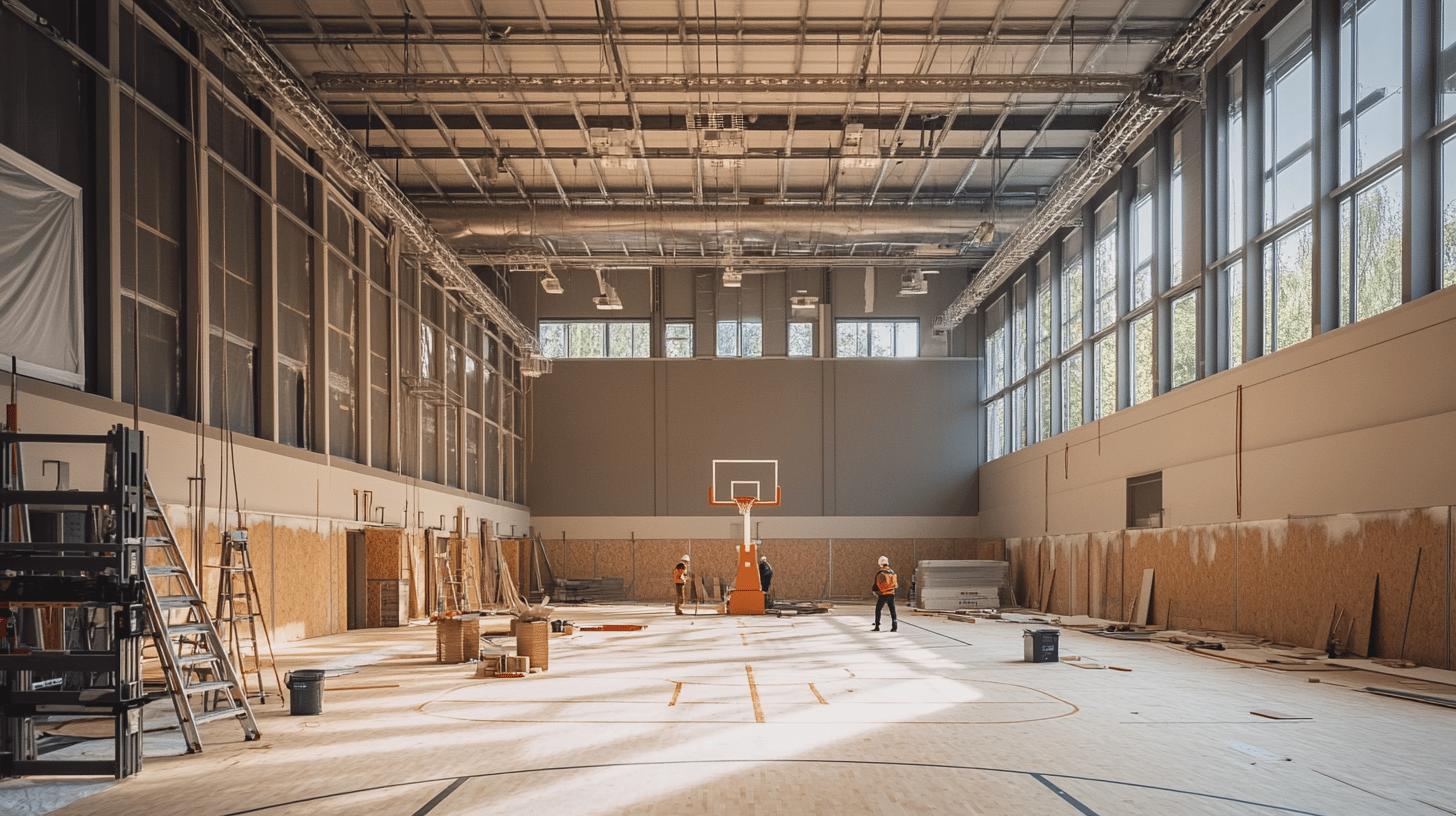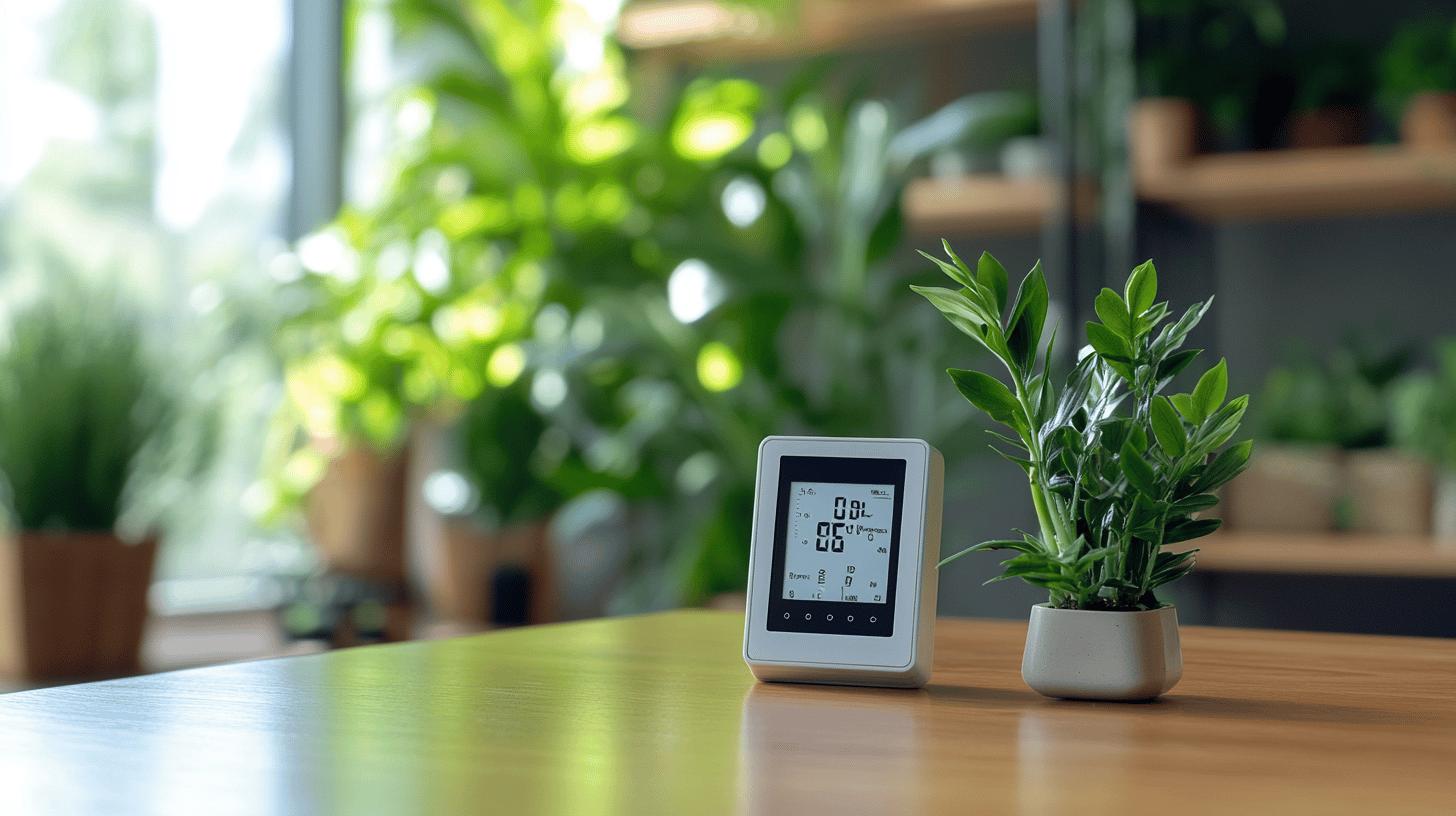When was the last time you scrutinised the condition of your gym’s bleacher wheels? Often overlooked, these unassuming components play a crucial role in protecting your sports flooring from severe damage. If neglected, worn or old bleacher wheels can become silent saboteurs, leading to costly repairs. This article delves into the mechanisms by which bleacher wheels cause damage and the vital importance of regular maintenance. Discover practical strategies for preventing such damage through strategic floor cover installations, ultimately ensuring a seamless sports experience and prolonging your floor’s lifespan.
Understanding Bleacher Wheel Damage and Its Impact
Bleacher wheels, generally composed of 3-5 rubber wheels per rolling frame, are designed to distribute weight evenly across the gym floor, providing protection during movement. However, as these wheels age, they can become worn or damaged, leading to significant floor damage. How do worn wheels cause damage? As wheels deteriorate, they lose their ability to distribute weight evenly, resulting in increased pressure on specific floor areas. This uneven distribution can cause scratches, gouges, and even dents, particularly on hardwood or vinyl surfaces. Additionally, any debris caught in or around the wheels can create further abrasions on the floor.
The consequences of not maintaining bleacher wheels are extensive. When floors are damaged, they not only lose their aesthetic appeal but also their functional integrity, potentially becoming unsafe for sports activities. What steps can be taken to prevent such damage? Regular preventative maintenance is crucial. Scheduling annual checks and replacing worn wheels can mitigate damage risks, preserving both the floor’s appearance and safety. Beyond maintenance, implementing floor protection strategies, such as using mats or covers, can provide an additional layer of defence against wheel-induced wear and tear.
- Scratches from debris-laden wheels
- Gouges due to uneven weight distribution
- Dents from excessive pressure points
- Scuff marks from worn rubber
- Cracks in hardwood surfaces due to consistent stress
.
Preventative Floor Cover Strategies for Protecting Sports Floors
Preventing damage to sports floors from bleacher wheels is crucial for maintaining both the aesthetic appeal and functional integrity of indoor arenas. Why is prevention important? Prevention helps avoid costly repairs and extends the lifespan of the flooring. Protective floor coverings act as a barrier, safeguarding the floors from scratches, dents, and other forms of damage caused by the movement of heavy bleachers. By strategically implementing preventative floor cover strategies, facilities can preserve the quality and longevity of their sports surfaces, especially in high-traffic areas where wear and tear are most prevalent.
Types of Protective Floor Covers
Different types of protective floor covers, such as mats and roll-out covers, offer distinct benefits in protecting gym floors. Mats are versatile and can be easily placed in areas with high foot traffic or beneath bleacher wheels during movement. Roll-out covers, on the other hand, provide comprehensive coverage over larger areas and are particularly effective during events where extensive floor protection is required. What should you consider when selecting a floor cover? Here are key factors:
- Material Durability: Opt for covers made from robust materials that can withstand heavy use and provide long-lasting protection.
- Ease of Installation: Choose covers that are easy to install and remove, ensuring quick setup and takedown times.
- Customisation Options: Consider covers that can be customised to fit specific dimensions and floor layouts for optimal coverage.
- Maintenance Requirements: Select covers that require minimal maintenance to remain effective over time.
.
Using quality floor covers not only mitigates the risk of damage from bleacher wheels but also enhances the overall appearance and safety of sports facilities. Investing in durable, easy-to-maintain protective covers ensures that gym floors remain in excellent condition, reducing the need for frequent repairs and contributing to the long-term sustainability of the sports environment.
Vinyl Roll Covers vs Clip Sheets: Which is Best for Your Gym?

When it comes to protecting sports floors from bleacher wheel damage, vinyl roll covers and clip sheets emerge as popular choices. Each offers unique benefits and challenges, which can significantly impact the decision-making process for facility managers. Vinyl roll covers provide comprehensive coverage and are ideal for large areas, maintaining floor integrity by preventing scuffs and scratches. Clip sheets, on the other hand, offer a modular approach, allowing for targeted protection and easy replacement of specific sections. Understanding the differences between these options is crucial for selecting the best floor cover materials to suit your gym’s specific needs.
Advantages and Disadvantages of Each
Choosing between vinyl roll covers and clip sheets depends largely on the specific requirements and layout of your gym. For facilities hosting large events frequently, vinyl roll covers are recommended due to their extensive coverage and rapid deployment. For gyms with varied floor layouts or those needing to protect isolated areas, clip sheets offer a flexible and economical solution. Evaluating the durability, installation ease, and cost-effectiveness of these quality floor coverings will ensure that your choice aligns with your facility’s protection needs, ultimately preserving floor integrity and extending its lifespan.
Innovations in Floor Protection: Non-Marking Wheels and More
Non-marking wheels provide a significant advancement in innovative floor protection. What benefits do non-marking wheels offer? Their primary advantage lies in their ability to minimise scuffs and scratches on gym floors, crucial for maintaining a pristine appearance. By using specialised materials that resist leaving marks, these wheels reduce the need for frequent floor refinishing, thereby extending the lifespan of the flooring. Additionally, non-marking wheels distribute weight evenly, preventing excessive pressure on specific floor areas and reducing the risk of dents and gouges.
What other innovative solutions exist for protecting gym floors? Advances in floor protection also include impact-resistant covers and alternative wheel designs. Impact-resistant covers offer enhanced durability, particularly in high-traffic areas, by absorbing and dispersing pressure from heavy equipment. They provide a protective barrier, preserving the integrity of gym surfaces. Alternative wheel designs, such as those with softer tread materials, further mitigate floor damage by decreasing the force exerted on the flooring during movement. These innovations collectively contribute to maintaining the quality and longevity of sports floors, demonstrating the ongoing advancements in gym flooring technology.
Cost-Effective Floor Protection Strategies
Why is investing in quality floor protection crucial for sports facilities? Investing in quality floor protection is crucial because it prevents costly repairs and extends the life of sports flooring. By implementing effective protection measures, facilities can avoid frequent refurbishments and maintain the pristine condition of their floors. Preventative maintenance, including regular checks and timely replacement of worn components, is essential to preserving the integrity and functionality of gym floors. The initial investment in quality floor protection not only safeguards against immediate damage but also contributes to long-term financial savings.
- Schedule regular maintenance checks to catch and address wear early.
- Use durable materials for floor covers to ensure longevity.
- Implement customised solutions to fit the specific layout of your facility.
- Train staff on proper handling and maintenance of protective equipment.
- Consider multi-purpose covers that offer protection and ease of use.
- Engage professionals for periodic inspections to maintain optimal conditions.
.
Incorporating these strategies into your facility’s management plan can significantly reduce maintenance costs and prolong the life of sports flooring. While the upfront investment in quality protection might seem substantial, the long-term savings in repair expenses and extended floor lifespan make it a financially sound decision.
Final Words
Addressing bleacher wheel damage through preventative floor cover strategies is essential for maintaining sports floor integrity. Poorly maintained wheels can severely harm gym floors, highlighting the importance of regular checks, replacements, and comprehensive floor protection.
Selecting the best floor cover materials, such as vinyl roll covers or clip sheets, is crucial for achieving effective protection. Innovations like non-marking wheels further enhance floor preservation efforts.
Investments in cost-effective floor protection strategies yield significant long-term savings and floor longevity. By prioritising these preventative measures, facilities can create an optimal sports environment and minimise bleacher wheel damage.
Protect your court → Contact
FAQ
Q: How do bleacher wheels cause damage to gym floors?
Bleacher wheels can cause damage by distributing weight unevenly if worn or outdated. Regular maintenance prevents such damage by replacing worn wheels. Damaged floors exhibit scratches, dents, and uneven surfaces.
Q: What are the consequences of ignoring bleacher wheel maintenance?
Ignoring maintenance can lead to significant floor damage, including uneven surfaces and costly repairs. Regular checks and wheel replacements help maintain floor integrity and reduce repair expenses.
Q: What preventative measures can protect sports floors from bleacher-related damage?
Adopting protective floor mats or covers prevent bleacher-related damage. These measures maintain floor quality and longevity, especially in high-traffic areas.
Q: What factors should be considered when selecting protective floor covers?
When selecting floor covers, consider:
- Material durability
- Ease of installation
- Coverage area
- Cost-effectiveness
.
These factors ensure effective and durable floor protection.
Q: How do vinyl roll covers compare to clip sheets for gym floors?
Vinyl roll covers and clip sheets offer viable protection. Vinyl provides seamless coverage, while clip sheets are easy to install. Facility needs dictate the best choice.
Q: What innovative products are available for gym floor protection?
Innovative products, including non-marking wheels, offer enhanced floor protection. These advancements prevent scratches and maintain floor quality and longevity.
Q: Why is investing in quality floor protection financially beneficial?
Investing in quality floor protection avoids costly repairs and extends floor lifespan, reducing long-term maintenance expenses. Regular checks and component replacements are financially prudent strategies.


